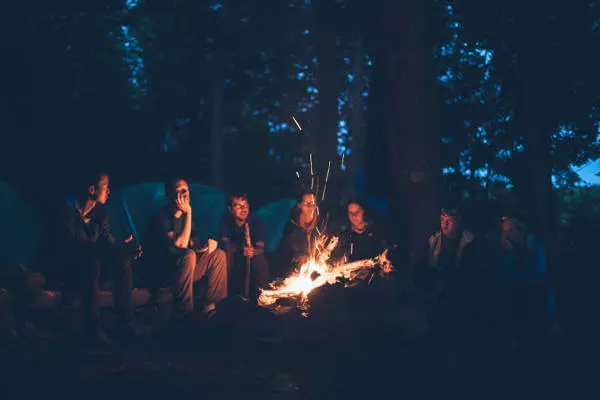Aerions
Dusters (most common slang especially in the plains where they tend to be much more neutral in colours)
Krawls (slang term for in the forest regions as they make loud shrieking sounds similar to a more dangerous species that also resides there to frighten off predators)
Shadow Stalkers (Elven name for them as they remember the elder species of their kind that could prey on even dragons)
Pet-like creatures, often sold as exotic pets to many more wealthy patrons until released because they are too much trouble, very revered in Elven culture and can be possible companions to more patient animal tamers
An average lifespan of 70 or so years, the longest living was about 83, though a rumour of one living as long as 100 or more years does exist. It takes 1.5 years for them to hatch, half a year developing in the womb before another year in the shell, after that they are considered mature at about the age of 15, though they can live on their own after the first 2 years. At the age of maturity, they can have children with about 1-2 eggs every 5 years until about the age of 50. At that point, they no longer reproduce but do become more active and aggressive.
Gender is determined just like most other species, though it can also be seen in size and colouring. Usually, the male is quite a bit bigger with duller and shorter feathers. Females are smaller but brighter in colour, undersides of their wings supporting brightly hued feathers especially in blues and greens with longer tails, feathers, and claws.
Long whiskers frame their thin muzzle, delicate and dexterous, it is said that a clump of such whiskers can sense a storm coming. Some of the older Aerions have lighter face fur or long furred compared to others.
Aerions are about the size of a kitten when born, and the largest on record was about the size of a smaller pony, usually once they reach the size of a house cat however, they grow much more slowly (about 3 years old)
Aerions are surprisingly light for their large size, weighing about 8 oz. when born, at the age of 3 they weigh about 10 lbs (size of house cat) and grow slowly from there
Jungles- bark like stripes along their feathers with lighter bellies and darker backs, can "ripple" their feathers, turning them the wrong way with the undersides as camouflage, pressing themselves up against a tree makes them nearly invisible to many larger predators. Very identifiable with the much brighter undertones along the undersides of their wings, show them off as part of finding a mate.
Plateau/Flatlands- (Dusters) sandy like colouring to their backs, have more gold and brown tones, females often times with have golden and bronze tones, sometimes lighter greens, can "riffle" their feathers, causing an overlap of the more dull coloured feathers over the brighter ones, flattening themselves into dust and dirt to make themselves less conspicuous. These have the longest feathers as they can glide the longest distances as trees are tall and far between on the plains, more often they glide from rock to rock or bolder to bolder.
Mountains- used to be known as the prettiest and largest of all of the species, having grey dappled feathers and longer claws than any other species, often having white or pale blue bellies and feathers with silvery and black dappled backs, were known for being able to change their belly feathers unlike any other species to match the night sky, changing to a dark blue or even black with grey or silver spots. Disappeared at one point in history, said to be extinct.
Their basis is that of a fox mixed with a cat, short thin muzzle with cat-like eyes, large ears atop their head tufted with thin feathers, the older they are, the whiter these feathers will become and the larger the ears will be, one way to determine age, they also grow with age, never actually stop growing until they die. After death though, feathers become more luminescent. Their front claws are similar to a bat's wings in shape, splayed out slightly to the sides though the joint allows them to stand and run like any four-legged mammal can, though the odd splayed ness of it allows them to be excellent climbers having 4 claws and a thumb in a paw like a cat would, but long flight feathers spread out from base to arm allowing for long glides that can mimic flight in many cases. Their tails are very long, split at the end like a forked tongue, at the base there are feathers attached like a bird tail used for ruddering though most often flattened against the base of the tail. It is said that the Jungle types would also sometimes have 3 prongs to their tail allowing for more balance and could be used to the dexterity of a monkey's, this has yet to be proven however and some breeders will split a tail at birth claiming that they are the famed 3 prong tails of the jungle.
Their eyes are most often a tawny gold, though variations into black, grey, and green are not uncommon.
